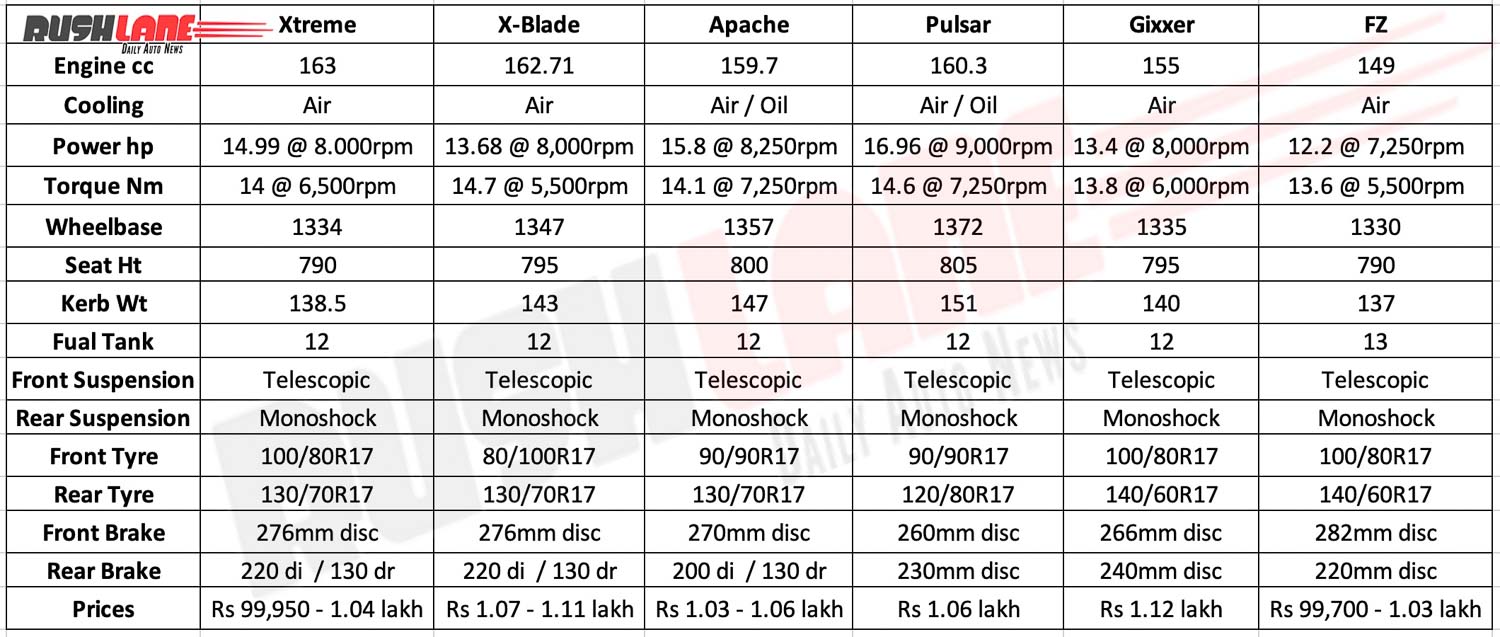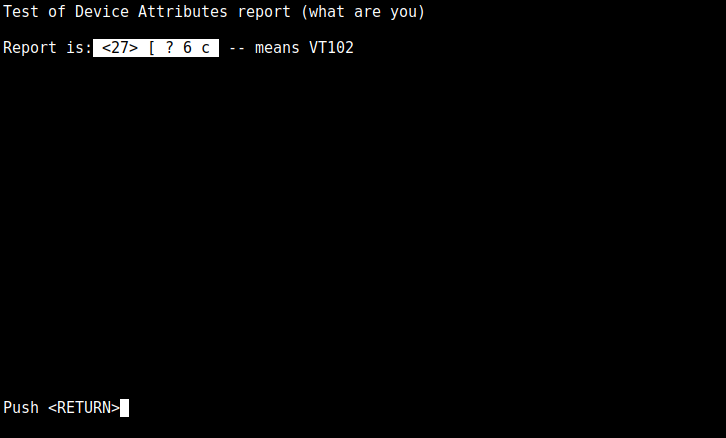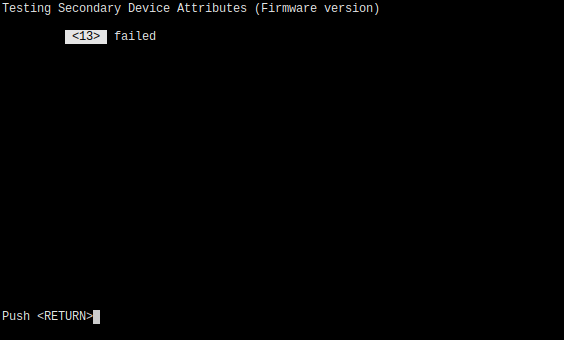

Unlike Terminal, users can have several instances of xterm running at the same time. Plus, you can also create your own desktop launcher to open xterm window.
#Difference between uxterm and xterm install#
You must install in first and launch xterm from another terminal emulator such as Terminal. However, in GNOME desktop environment, xterm is not installed by default. You can simply type xterm in the Terminal window and hit enter and it will launch the X11 environment along with an xterm window.
#Difference between uxterm and xterm windows#
XTerm is the default terminal emulator program for Linux systems running the X Windows System. One of the simplest methods is to hold Ctrl + Alt +T keys at the same time that will launch the Terminal Window. Each desktop environment has different methods to access the Terminal. Other desktop environments like Ubuntu also use Terminal as their default terminal emulator package. Simply put, Terminal is the Linux desktop environment’s default terminal emulator. It’s one of the most powerful features of Linux that provide users access to the command line interface.

Terminal to Linux is like Command Prompt to Windows. Here are various methods of accessing the Terminal in each desktop environment.Īdditionally, it controls only one session, which means that a controlling terminal will run each session individually as its child process.Terminal is a command line interface which allows users to communicate with the computer in the same way the written word is for human beings. The Terminal is also the default terminal emulator for Ubuntu. Unlike Terminal, XTerm can be concurrently used by multiple users.Īs its name suggests, Terminal is the default terminal emulator of the Linux desktop environment. In it, the PRIMARY buffer is the only buffer supported by default, and it only receives input when the user highlights text with the mouse. The default configuration does not make use of it. The default emulation of XTerm only copies and pastes from the clipboard. Emulators reproduce the functionality of traditional computer terminals.Įven though they are both emulators and have some similarities, they differ significantly in many ways. Terminal and XTerm are both terminal emulators commonly found in UNIX-based systems running the X Window System.Įmulators allow users to access programs that were developed primarily to communicate with other types of terminals. On the other hand, not more than one user can use Terminal at the same time. XTerm allows several users can access it concurrently.On the other hand, the Default terminal emulator for Linux and UNIX based systems is the Terminal. Default terminal emulation for Linux systems running X Windows System is the XTerm.On the other hand, the latter controls only one session, which means that a controlling terminal will run each session individually as its child process. Multiple instances of XTerm can run concurrently, meaning each window corresponds to a separate process.On the other hand, the Terminal can easily be accessed by holding the CTRL + Alt + T keys at the same time. It will show the X11 environment and an XTerm window. The former can be accessed by typing xterm in the terminal window.On the other hand, Terminal supports both Primary buffer and Clipboard buffer. The XTerm primarily supports by default the Primary buffer.Main Differences Between XTerm and Terminal Not more than one user can use it at the same time. Use Several users can access it concurrently. Default terminal emulator for Linux and UNIX based systems. Emulation Default terminal emulation for Linux systems running X Windows System. Each session will, however, run separately. Process Management It allows multiple instances to run concurrently in the same display. It can be accessed by holding the CTRL + Alt + T keys at the same time. Access It can be accessed by typing XTerm in the terminal window.

It supports both Primary buffer and Clipboard buffer. Comparison Table Between XTerm and Terminal Parameters of Comparison XTerm Terminal Support It supports by default the Primary buffer. The terminal emulator is installed by default with the Linux operating system.

Users have access to the command-line interface through one of Linux’s most powerful features. Linux’s Terminal is like Windows’ Command Prompt. Users can communicate with a computer through the Terminal, just as they can with a written word.


 0 kommentar(er)
0 kommentar(er)
